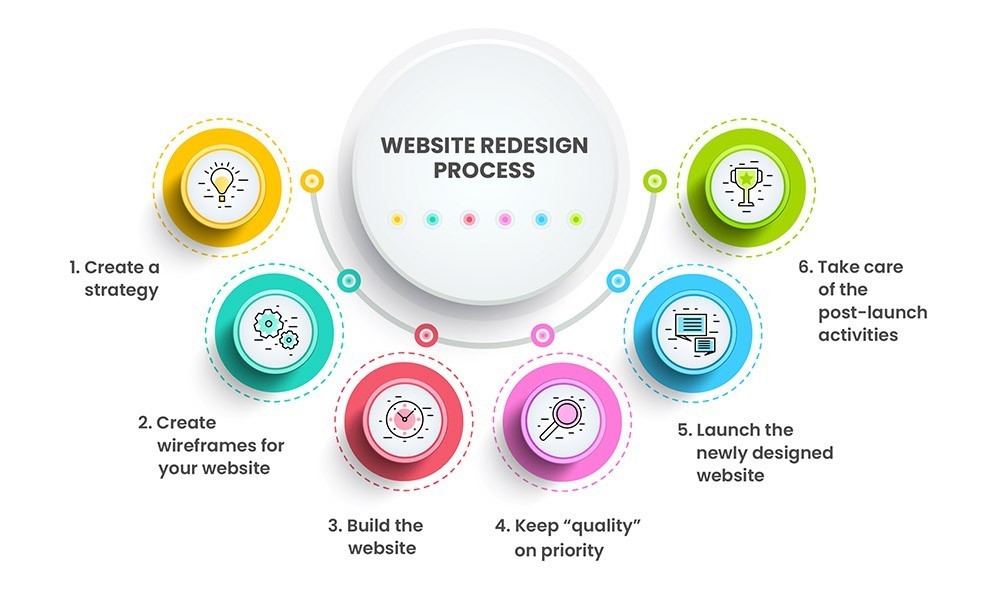

Website redesigns fail when businesses don’t strategize. Learn how to build a strategic website redesign plan from existing analytics to minimize risk and maximize ROI.
Most website redesigns fail–and most of those failures are easy to prevent. With just a pinch of preparation and a smidgen of strategy, your redesign project plan will be “risk-free and detailed” instead of “risky and de-railed.”
At Vintage, an agency that specializes in apps and websites, our web designers do great work, but they can’t fix broken websites until clients fix their broken expectations.
To help your business build the best possible redesign strategy, this article will explain why redesigns fail. Then it will teach you how to organize your analytics into an actionable strategy.
Why Redesigns Fail
To build a fail-proof strategy, we need to ask why website redesigns fail. The answer is simple: people push toward the wrong objectives.
Why? Redesign teams get excited about an idea without checking if the users get excited, too.
And who can blame them? It’s easy to see a flashy mockup and go all-in. But 76% of users just want the website to be easy to use—prioritizing artwork over usability misses the point.
So, if redesigns fail when teams shoot toward the wrong goal, businesses should take time to aim. The following five steps will teach you how to identify all those issues and put them into a single document that you can hand off to your developers.
5 Steps Toward a Fail-Proof Redesign Strategy
- Delve into Data
- Take a Tour
- Check Your Work
- Set Goals
- Finalize Your Blueprint
